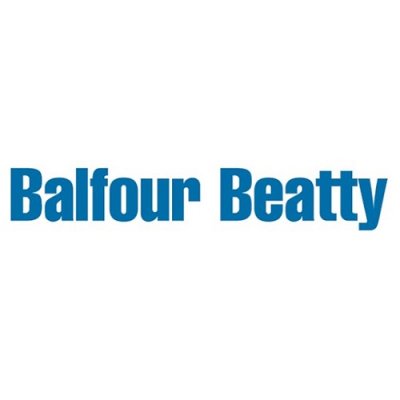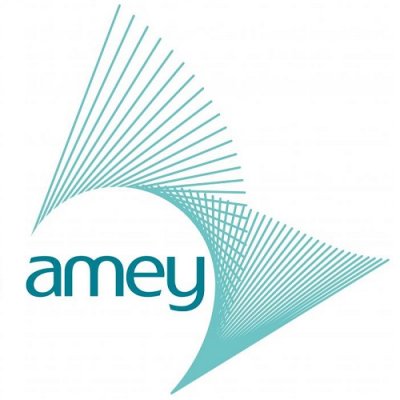BIM is a process model that enables the implementation of a strategy for the management of information in a collaborative environment. The utilization of digital technologies, allows for a seamless information exchange in a common data environment (CDE). Where BIM is implemented successfully, it avoids the reprocessing of information and allows for information exchange between all engaged parties. The correct implementation of BIM will reduce waste and inefficiency with the key theme being the interoperability of data.
‘One key competitive advantage of BIM is its ability to promote greater transparency and collaboration between suppliers and thereby reduce waste (procurement, process and material) through all levels of the supply chain. A key driver of the rapid adoption of BIM by clients and industry is that the benefits it creates are shared by the client and the entire supply chain – with downstream benefits to customers who make use of built assets and to society at large.’¹
DDC has developed its BIM strategy with the central ethos focused on delivering a collaborative and innovative approach to client’s highways projects. BIM is a highly useful tool that helps to drive efficiencies. The BIM workflow model maximises the management and exchange of information between parties with the emphasis placed on interoperability.
What does BIM mean for your project
To assist with the management of your project and implement a BIM strategy, we will collaborate with you and all engaged parties to share best practice, knowledge and exchange information in a structured, interoperable and fully inclusive manner.
¹Contains public sector information licensed under the Open Government Licence v3.0.













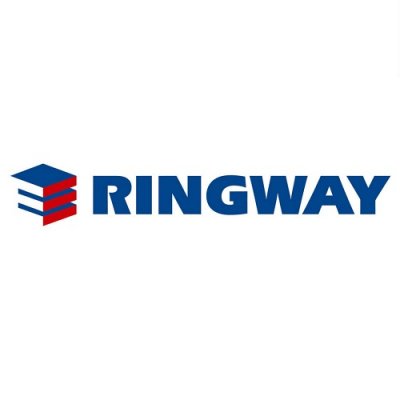

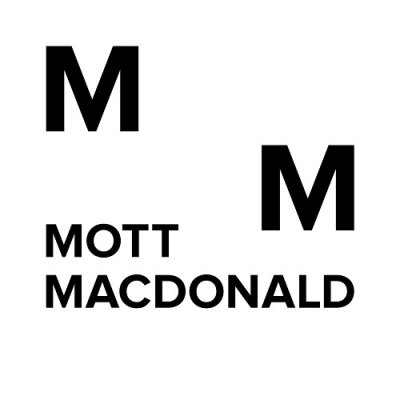

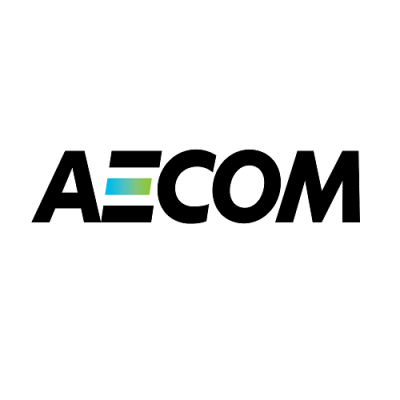
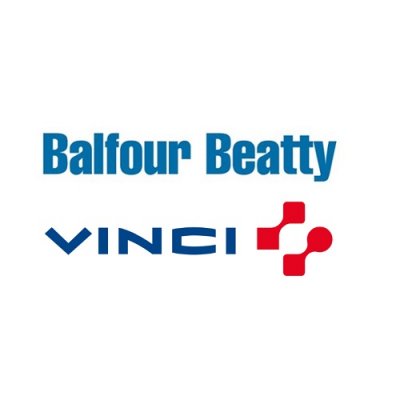
![SKANSKA_MAC_PANTONE [Konvert]](https://ddcengineeringsolutions.co.uk/wp-content/uploads/2018/06/SKANSKA-thegem-person.jpg)





